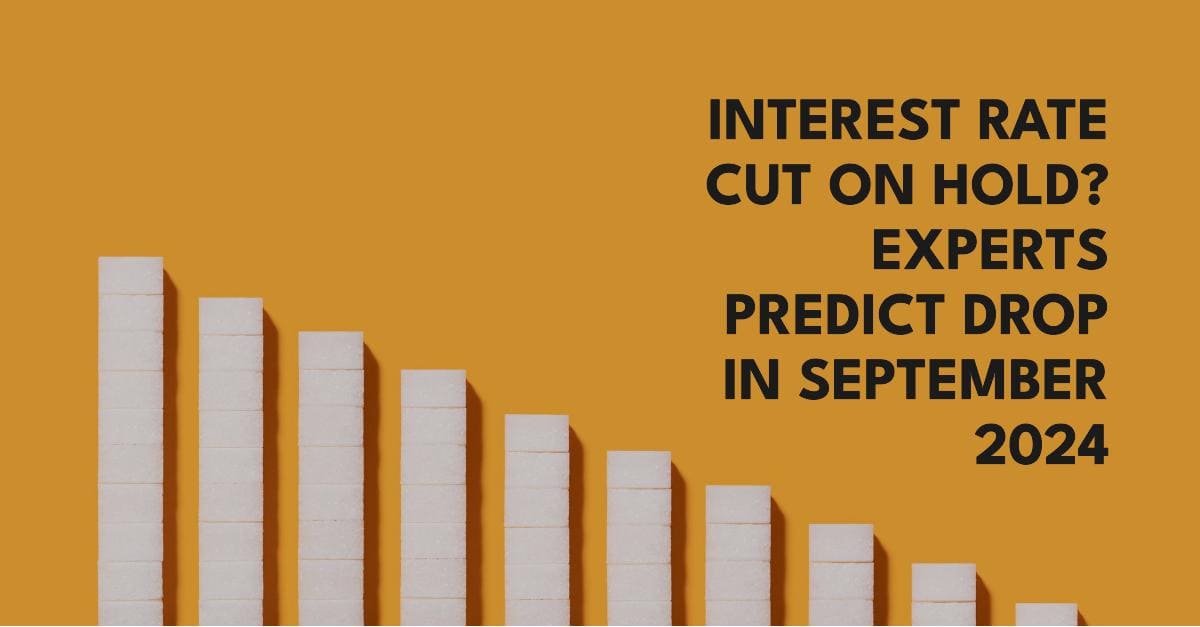Dreaming of snagging a lower interest rate or beefing up your savings account with a fatter interest yield? The answer to that sweet financial daydream hinges on the Federal Reserve's next move.
As inflation simmers and the global economic climate throws curveballs, will they slam on the brakes with interest rate hikes, or will 2024 see a welcome rate cut roller coaster ride? Buckle up, because the next few months could be a pivotal turning point for borrowing costs and your financial future.
Goldman Sachs, a leading global investment banking, securities, and investment management firm, has recently updated its forecast regarding the Federal Reserve's rate cut timeline. The anticipation of rate adjustments is a critical aspect of economic analysis, as it influences various sectors of the economy, from mortgage rates to the stock market.
Revised Projection for Interest Rates: September Instead of July
Goldman Sachs's economists have revised their projection for a Federal Reserve rate cut, moving it from July to September. This shift is based on the latest economic data, which suggests a different trajectory for monetary policy than previously expected.
The Federal Reserve's meetings, scheduled for June, July, and September, are closely monitored events where decisions on interest rates are made, impacting the economic landscape. Interest-rate futures point to a 50% chance that the central bank will lower rates by September and 61% by November, according to CME.
The decision to push the forecast to September indicates a more cautious approach by Goldman Sachs's economists, who are likely considering a range of economic indicators such as inflation rates, labor market conditions, and global economic trends.
The Federal Reserve's rate decisions are often a response to such indicators, aiming to achieve a balance between fostering economic growth and controlling inflation.
Implications and Analysis
Goldman Sachs's revised forecast aligns with a broader consensus among economists that the Federal Reserve may maintain a steady approach to rate adjustments. This is particularly relevant in light of the aggressive rate-hiking campaigns in previous years, which have brought the benchmark interest rate to its highest level since 2001.
The implications of this forecast are significant for investors and the general public. A delayed rate cut could suggest that the economy is performing better than expected, reducing the urgency for monetary easing. On the other hand, it could also indicate that the Federal Reserve is waiting for clearer signs of inflation trending toward its target before reducing rates.
As the next Federal Reserve meetings approach, all eyes will be on the unfolding economic data and the subsequent decisions on interest rates. Goldman Sachs's forecast serves as a valuable insight into the possible direction of monetary policy and its impact on the economy. Investors and analysts will continue to rely on such projections to navigate the ever-evolving financial markets.
Conclusion
Goldman Sachs's rate forecast is a testament to the intricate interplay between economic data and monetary policy. As the situation develops, it will be crucial for stakeholders to stay informed and adapt their strategies accordingly. The upcoming Federal Reserve meetings will undoubtedly shed more light on the future of interest rates and the direction of the U.S. economy.
ALSO READ:
Interest Rates Predictions for 5 Years: Where Are Rates Headed?
When is the Next Fed Meeting on Interest Rates in 2024?
Projected Interest Rates in 5 Years: A Look at the Forecasts
Mortgage Rate Predictions for Next 5 Years
Mortgage Rate Predictions for the Next 2 Years
Mortgage Rate Predictions for Next 3 Years: Double Digit Rise


